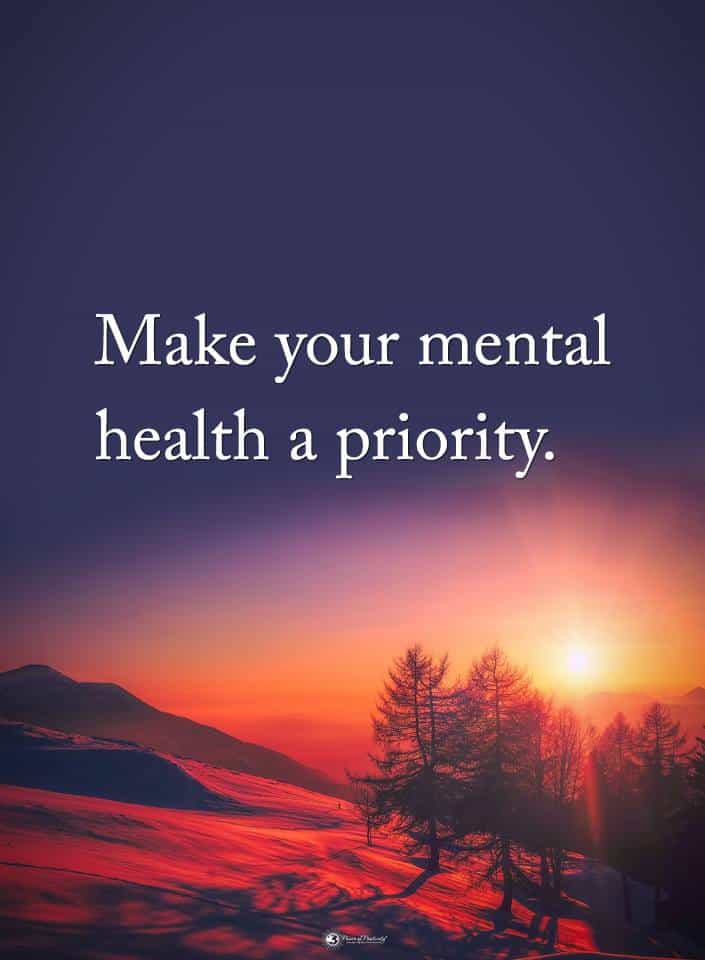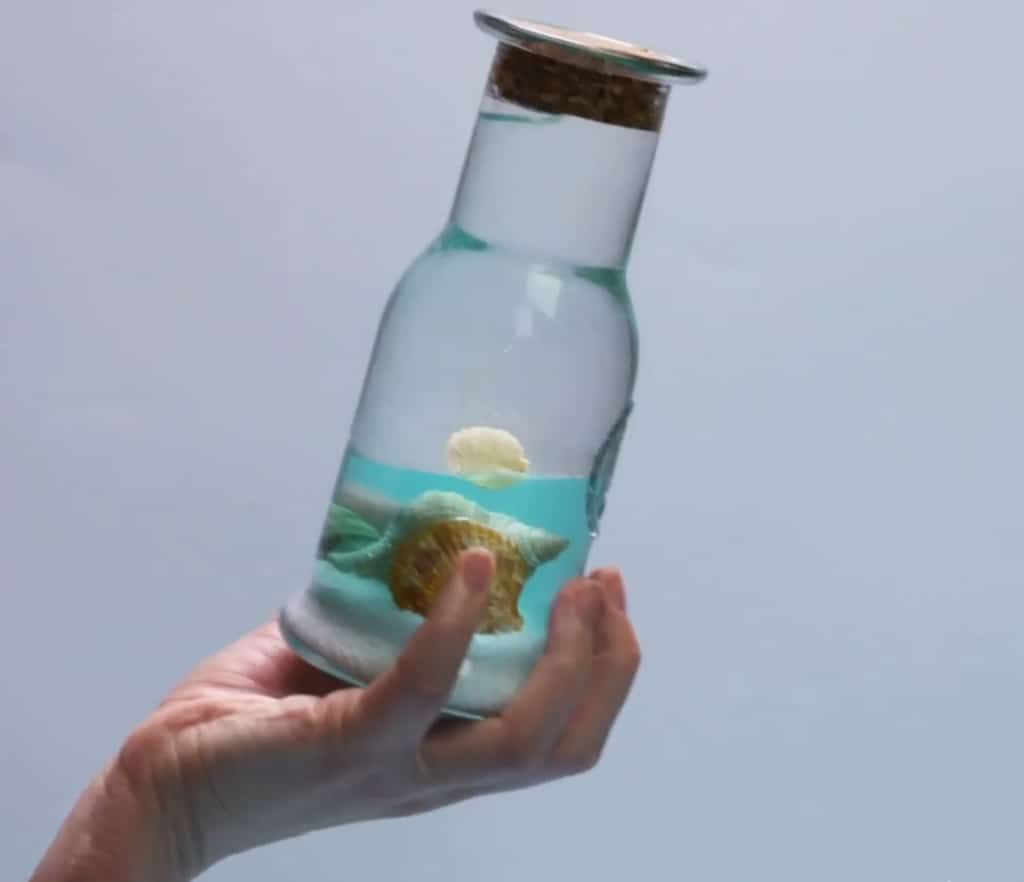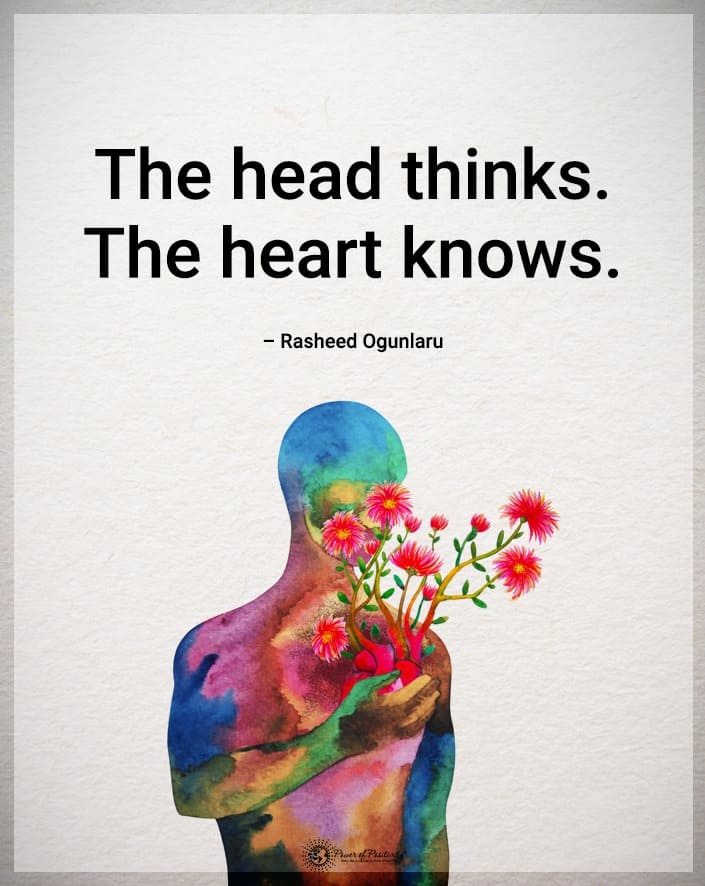Mental health is one of the most important things people must take care of. Ironically, most times, people refrain from talking about mental health disorders. In fact, it remains relatively unexplored when compared to physical health. Even certified psychologists can misdiagnose people. There have been many scandals and discussions concerning mental health diagnoses throughout history.
Not too long ago, conditions such as Dissociative Identity Disorder had entirely different names, which suggested other characteristics. The field of psychology faces many challenges, as there’s a lot of social stigma surrounding mental health. Society hasn’t yet developed past the idea that only “weak” or “lazy” people have mental health issues. Or that people with mental health concerns should “deal with them alone.”
This belief is especially true among older adults. Even going to therapy was unheard of just a few decades ago. Moreover, people learn not to talk about their mental health. They should never tell anyone else they’re battling demons or facing challenges. That’s because older generations see asking for help as a sign of weakness. It seems like there are always issues surrounding mental health. The last thing people need to deal with is negative trends surrounding diagnosis.
But misdiagnosis is a harsh reality that can even ruin someone’s life. So, what are the five harmful trends in diagnosis, and how should you avoid them?
How Should Mental Health Diagnosis Look?
There are a few ways in which an expert can diagnose mental health disorders. One of the first things that can be considered is a physical exam, which a doctor will rule out any physical issues that might cause specific symptoms. Alternatively, lab tests can ensure that everything is in order physically. That’s because often, things like substance abuse or issues regarding endocrinology can cause symptoms of depression, anxiety, or other disorders.

After ruling out physical illness, the patient will undergo a psychological evaluation. This usually discusses your symptoms, feelings, thoughts, and behaviors. Patients often complete a questionnaire to help the provider assess the root causes. Of course, it’s not as easy as it seems to determine which disorder causes the symptoms the patient is suffering from. There are hundreds and hundreds of conditions that doctors have to consider.
There are many classes of illnesses, all of which encompass dozens of different disorders. Some types comprise neurodevelopmental disorders, depressive disorders, and even personality disorders. In psychology, there are always loads of problems that psychologists must consider. And mental health is such a delicate matter that many diseases even overlap. A well-trained specialist can diagnose you accurately if you are dealing with a somewhat common issue. But even the best-educated specialists risk being wrong or going through many evaluations to decide on a diagnosis.
The Stigma Continues to Harm Our Society
We see this reflected everywhere in our society when discussing mental health disorders. There is bound to be one person who will share their challenges regarding a diagnosis. Even more common conditions, such as ADHD and autism, are challenging to diagnose correctly. All discussed in the previous paragraphs start from the premise that doctors have the best intentions and that patients follow all instructions. But that’s not the reality we live in.
People are often scared to contact a specialist and choose to self-diagnose instead. Or doctors might not want to put in all the effort they need to give the best diagnosis. Even if they have the best intentions, they are human and can make mistakes. It’s sometimes too easy to slap on the diagnosis that fits without doing the due diligence to look deeper. Sometimes, doctors want to assign a diagnosis so that they can start treatment, and this pressure makes them skip steps.
All this goes to say that the field of psychology is especially vulnerable to human error. Any mistake, every corner that’s been cut, can lead to a misdiagnosis, which is detrimental to the patient. So, what are the trends that lead to misdiagnosis, and how to avoid them?
5 Harmful Trends in Diagnosing Mental Health Disorders
These five trends harm those who need treatment.
1. Self-Diagnosing Mental Health Disorders
Self-diagnosing might seem like a good idea. Mainly because there are so many online questionnaires it looks like the real deal. However, online questionnaires should not replace professional diagnosis. Instead, they should create clarity in the patient’s head while acting as an incentive to see a professional. But lately–mainly because of social media platforms–self-diagnosis has started to be taken more seriously than therapists and psychologists are.
There are two dangers associated with self-diagnosis. First, there’s the fact that people who self-diagnose might be content with the diagnosis they chose. Moreover, they don’t even bother going to a specialist. This belief means that many people think they have some minor, manageable issue they don’t need to worry about. They might be dealing with something much worse that requires immediate attention.
Second, self-diagnosis might also motivate self-medicating or treating the disorder without professional oversight. People might even fall into the trap of using the wrong medicines as a way to treat whatever it is they convince themselves they’re suffering from.
2. Misunderstanding The Symptoms of Mental Health Disorders
Because mental health is so complex, understanding the symptoms is vital to assigning the proper diagnosis. But, in being so complicated, many disorders have overlapping symptoms. Or the symptoms are so similar that minor influences and nuances differentiate them. One of the biggest mistakes psychologists make is that they don’t take the proper steps to ensure they understand the symptoms to the fullest extent.
That’s mainly because understanding the symptoms and how they appear to require excellent communication. This level of communication is often impossible to achieve. All these specialists are people who get tired and make mistakes. It’s sometimes easier to scratch the surface and slap on the first diagnosis that makes sense.
But this method is extremely harmful because it doesn’t consider all the underlying reasons why a person displays a particular behavior. When the specialist doesn’t fully understand your symptoms, they can’t offer you the needed treatment. They will give you therapy for a similar disorder, but that doesn’t mean it will address your concerns.

3. Lack of Research Regarding Mental Health Disorders
The psychological field is one of the most complex domains in existence. Yet, it lacks the proper tools and funding to develop at its maximum capacity. Because of this, many areas lack the proper research. We don’t have enough disorders to describe everything a person might suffer from. This shortfall is not the fault of therapists and specialists so much as it is society’s fault, which has stigmatized mental health for so long.
Because of this trend, many people go without a proper diagnosis their entire lives. This means they must either deal with their problems alone or receive the wrong treatment and medication.
4. Mental Health Is Overly Simplified
The field of mental health is one of the most complex sciences. But people are so scared or ashamed to talk about it that they don’t try to understand it. This stigma forces specialists to talk about mental health in an overly simplified manner. Furthermore, it can harm the relationship between the psychologist and the patient.
All this stigma surrounding mental health now impacts how psychology is taught and practiced. This has created some psychologists who are either less educated, experienced, or careless about tackling the root issues. Most patients are content with receiving the most superficial diagnosis, while most psychologists are content with giving them just that. Psychology has been overly simplified to the point of affecting diagnosis and treatment.
5. Some Patients Don’t Receive Serious Consideration
This is potentially an issue that doesn’t only affect the field of psychology. But that doesn’t change the fact that many patients feel ignored. As we’ve seen in the past couple of decades, more and more young people have started reaching out to psychologists to get a diagnosis. The problem is that adults or parents often overlook their children’s concerns.
Parents often accompany their children. Thus, parents can interfere with the diagnosis process by invalidating their kids’ experiences. But teenagers and kids aren’t the only patients dismissed by therapists. Sometimes therapists ignore people based on how they look, their social status, whether they have a history of substance abuse, etc. This stems from an inherent human flaw which has society refuses to tackle.
Unfortunately, psychologists can often be subjective, and there aren’t even proper checks and balances mechanisms set in place. More often than not, if a psychologist is being stereotypical or hateful, no one is around to hold them accountable.
Final Thoughts on Some Harmful Trends in Diagnosing Mental Health Disorder
Correctly diagnosing mental health disorders is one of the hardest things anyone can do. Mental health has so many complexities and nuances that it’s easy to misdiagnose a patient, even if you hold professional certification. As if that wasn’t a big enough issue, some harmful trends surround mental health diagnoses.
One of the most harmful trends is self-diagnosing. As a patient, you should know that only a specialist’s opinion matters. It would be best to try to get more than one opinion on your diagnosis to ensure accuracy.


 How to make a message in a bottle:
How to make a message in a bottle: What you’ll need:
What you’ll need: Final Thoughts: These craft time projects will make you feel like a kid again
Final Thoughts: These craft time projects will make you feel like a kid again










